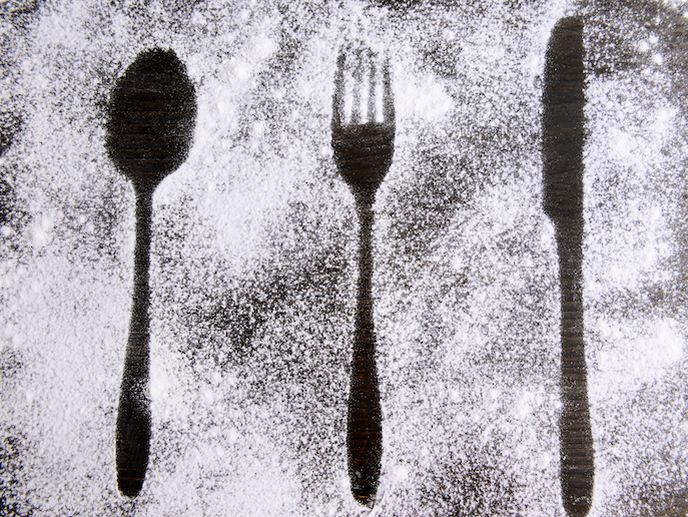New advances in turbofan engine disk simulation
Manufacturing involves various steps through which raw materials are transformed into a final product. Within the framework of INTFOP (Integrating forging and process simulation for turbine disks), scientists developed design chain simulation software for low pressure turbine disks of geared turbofan engines. This aircraft engine technology has found its way into the regional market due to significant reductions in fuel consumption and noise compared to conventional turbofan engines. Scientists sought to ensure a successful design chain for optimising rotor disks with respect to their mechanical properties. With the newly developed tool, scientists established a methodology for modelling intercompany design chains that was hitherto missing. The goal of engine manufacturers when designing the rotor disk is to meet the requirements regarding structural integrity, lifetime and weight. Design methods thus rely on predicting material properties such as yield strength, low/high cycle fatigue and creep. These properties correlate to the rotor disk microstructure resulting from forging and heat treatment. Scientists successfully developed a computational modelling approach to predict these functional properties and their variability. A state-of-the-art thermomechanical process was also successfully developed for reference and demonstrator disks. Scientists conducted extensive finite element analyses of thermomechanical processing to gain deeper understanding of their impact on the microstructure and mechanical properties of disks. In addition, they designed different process layouts to study, for example, the effect of reheating on the mechanical properties. Another achievement was the development of a suitable interface to allow collaboration on simulation results. This included defining data formats as well as developing and evaluating suitable data post-processing methods and tools. Scientists designed two demonstrator disk rotors and conducted 136 hot tensile tests, 17 low cycle fatigue tests and 16 creep tests. Results demonstrated correlation between actual and experimental values, confirming successful implementation of integrated forging and process design simulations. Project results could find use in simulating the process design of forged engine parts made of alloy 718 such as disks. Optimised parts with respect to their mechanical properties and weight should lead to future aircraft engines with higher efficiency and lower emissions.






